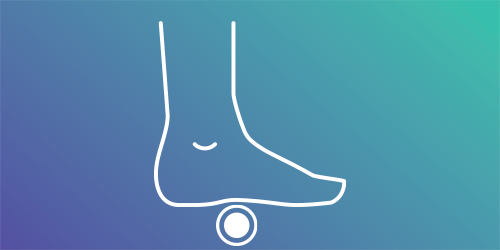
Flat feet and pronation are related biomechanical issues that affect the structure and function of the feet during walking and other weight-bearing activities. They are commonly associated with one another but are not the same thing.
When the foot pronates, the arch lowers. Pronation is a normal foot movement and is needed for normal foot function in walking and running. However, abnormal pronation has been linked to many lower limb injuries, and is considered to be the leading cause of overuse injuries in runners. Recently, research has linked pronated feet with lower back pain.
Let’s explore each condition:
Flat Feet:
Flat feet, or pes planus, is a condition where the arches of the feet appear to be lower or flattened, so the entire sole of the foot comes into contact with the ground when standing. This condition can be flexible (the arch appears when not bearing weight) or rigid (the arch remains flat even when not bearing weight). Flat feet can be congenital (present from birth) or acquired due to factors such as aging, injury, or certain medical conditions. Sometimes, flat feet occur as a result of weakened tendons and ligaments that support the arch.People with flat feet may experience arch pain, heel pain, fatigue in the feet and legs, and instability while walking or standing. These symptoms can vary in severity.
Pronation:
Pronation is a natural movement of the foot that occurs when the foot rolls inward slightly during the gait cycle. It is a part of the normal biomechanics of walking and running. Pronation helps with shock absorption and allows the foot to adapt to various surfaces.
Your Podiatrist will be able to diagnose your feet and identify how your it is pronating.
It is important for individuals who are experiencing discomfort, pain or instability related to flat feet or pronation to consult a Podiatrist for proper evaluation and personalised treatment recommendation. Proper management can help alleviate sumptoms, improve foot function and prevent associated problems. At Foot Mechanics, we use an assessment known as a Lower Limb Musculoskeletal Assessment to identify normal from abnormal pronation during your gait cycle. If pronation is a factor in your injury, we will be able to identify it and treat it.

